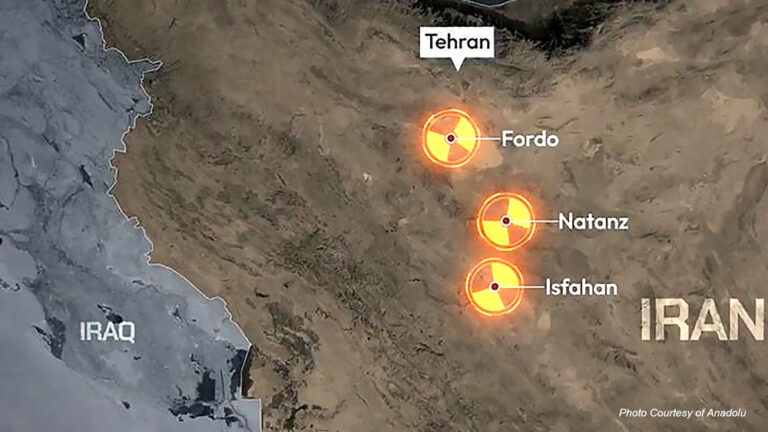Astronomers have found the most distant object ever in our solar system, three times farther away than Pluto. The dwarf planet, which has been designated V774104, is between 500 and 1000 kilometers across. It will take another year before scientists pin down its orbit, but it could end up joining an emerging class of extreme solar system objects whose strange orbits point to the hypothetical influence of rogue planets or nearby stars.
“We can’t explain these objects’ orbits from what we know about the solar system,” says Scott Sheppard, an astronomer at the Carnegie Institution for Science in Washington, D.C., who announced the discovery here today at a meeting of the American Astronomical Society. V774104 currently sits 15.4 billion kilometers from the sun, or 103 astronomical units (AU) away. One AU is the distance between Earth and the sun.
The dwarf planet could eventually join one of two clubs. If its orbit one day takes it closer to our sun, it would become part of a more common population of icy worlds whose orbits can be explained by gravitational interactions with Neptune. But if its orbit never brings it close to the sun, it could join a rare club with two other worlds, Sedna and 2012 VP113.
These two dwarf planets never come within 50 AU of the sun, and their orbits swing as far out as 1000 AU. Sheppard calls them “inner Oort cloud objects” to distinguish them from icy Kuiper Belt objects, which reside between 30 and 50 AU. The Oort cloud is a hypothetical, thinly populated sphere of icy bodies, thousands of AU away, that marks the edge of the solar system and the end of the sun’s gravitational influence.
What makes the inner Oort cloud objects interesting is that their eccentric orbits cannot be explained by the known structure of the solar system: Something else had to perturb their orbits. Possible explanations include an unseen giant planet that still orbits in the deep or one that was ejected from the solar system, disturbing inner Oort cloud objects on its way out. Other theories suggest that gravitational forces, acting on the solar system when the protosun was surrounded by other stellar nurseries, could have provided the necessary nudges.
Mike Brown, a planetary astronomer at the California Institute of Technology in Pasadena unaffiliated with the discovery, says that this is the allure of these extreme objects. “They carry the signature of whatever else happened,” he says. But until Sheppard pins down its orbit, V774104 may be interesting—or not, Brown says. “There’s no way to know what it means.” On the other hand, Brown acknowledges that he will have to give up the claim to having discovered the most distant solar system object, which came in 2005 when he found the dwarf planet Eris at a distance of 97 AU from the sun. “I have held the record for 10 years,” he says, jokingly. “I have to relinquish it. So I’m sad.”
The discovery reflects a number of extreme solar system surveys that are using telescopes with both big mirrors and large fields of view—necessary to find faint solar system objects that could be almost anywhere on the sky. Sheppard made his discovery with colleagues using Japan’s 8-meter Subaru Telescope in Hawaii. Unlike many searches for distant objects, which peer into the solar system’s plane, Sheppard is training Subaru on swaths of the sky an average of 15° away from the ecliptic, the better to find other weird objects.(Eric Hand)
Link: http://news.sciencemag.org/space/2015/11/astronomers-spot-most-distant-object-solar-system-could-point-other-rogue-planets



